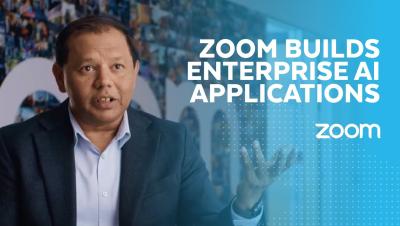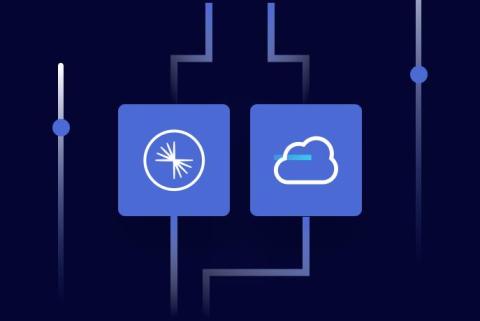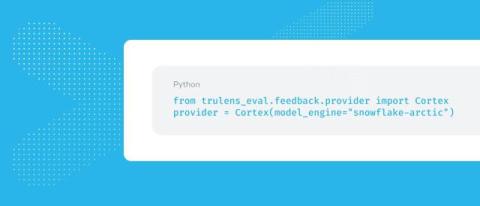Zoom Builds Enterprise AI Applications In The AI Data Cloud
Learn how Zoom built an internal enterprise AI tool that enables sales and marketing teams to directly ask questions to data through natural language. The security and governance of the AI Data Cloud enabled data scientists to confidently leverage its Cortex AI and Streamlit features to build the enterprise AI app.











